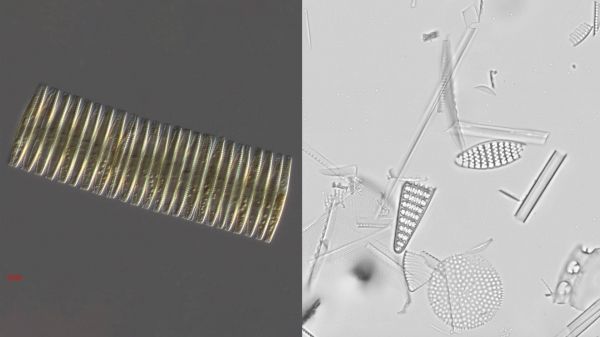The last million years of Earth history have been characterized by frequent “glacial-interglacial cycles,” large swings in climate that are linked to the growing and shrinking of massive, continent-spanning ice sheets. These cycles are triggered by subtle oscillations in Earth’s orbit and rotation, but the orbital oscillations are too subtle to explain the large changes in climate.
“The cause of the ice ages is one of the great unsolved problems in the geosciences,” said Daniel Sigman, the Dusenbury Professor of Geological and Geophysical Sciences. “Explaining this dominant climate phenomenon will improve our ability to predict future climate change.”
In the 1970s, scientists discovered that the concentration of the atmospheric greenhouse gas carbon dioxide (CO2) was about 30% lower during the ice ages. That prompted theories that the decrease in atmospheric CO2 levels is a key ingredient in the glacial cycles, but the causes of the CO2 change remained unknown. Some data suggested that, during ice ages, CO2 was trapped in the deep ocean, but the reason for this was debated.
Continue reading at Princeton University
Image via Princeton University


